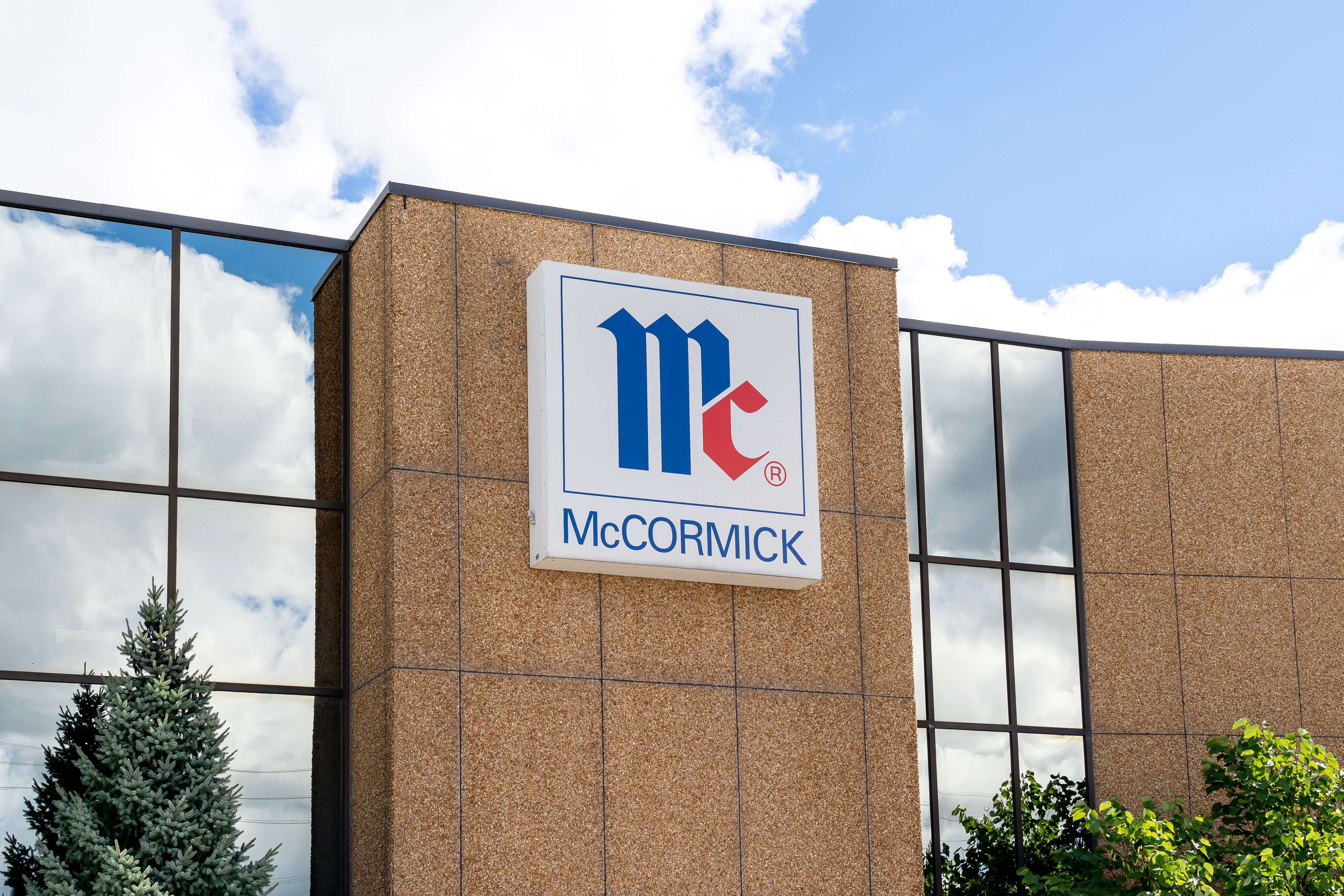McCormick Sees Private-Label Trend Reversing as Inflation Slows

After months of trade-down to private-label groceries, McCormick said shoppers are returning to name brands.
The spices and flavorings giant, which brings in more than $6 billion in sales per year and operates in more than 170 countries and territories, noted that, after seeing trade-down for much of 2022, the company has seen the trend normalize somewhat in recent months.
CEO Lawrence Kurzius discussed this trend on a call with analysts Thursday (Jan. 26) discussing the company’s fourth-quarter 2022 financial results.
“Regarding private label, we are seeing price gaps narrow right now, and we certainly saw that in the fourth quarter even leading into the first quarter,” Kurzius said. “We’re starting to see that trade-down moderate through the quarter. That’s kind of an insight, and maybe that’s also a reaction to the macro inflationary factors and seeing them moderate.”
Indeed, he noted that the company’s lower-priced Lawry’s line has been seeing consumers “trading up from private label.”
PYMNTS’ research observed that a significant share of consumers, but not the majority, traded down to lower-priced groceries over the course of 2022. Research from the latest edition of PYMNTS’ Consumer Inflation Sentiment study “Consumer Inflation Sentiment: Perception Is Reality,” for which PYMNTS surveyed more than 2,100 consumers in December, revealed that 69% of consumers have made changes to their grocery shopping lists in the last year in response to rising prices. Fifty-nine percent have reduced the quantities of items they are purchasing, but only 35% have reduced the quality.
Yet, the quantity trends may be beginning to swing the other direction, with more shoppers starting to buy in bulk. Kurzius noted that McCormick has observed that cost-conscious consumers’ behavior shifts to seeking value, with shoppers increasingly looking to get more bang for their buck rather than focusing only on the price tag.
“It’s not necessarily the lowest priced parts of our portfolio [driving growth],” Kurzius said. “We’re seeing [our products] really start to drive a lot of growth on large sizes as we see consumers look for that value.”
These trends come as inflation slows. In August, U.S. Bureau of Labor Statistics (BLS) data showed that grocery prices were up 13.5% year over year. In December, these increases relative to 2021 were up a moderately lower 11.8%. However, grocery inflation remains well above the all-item year-over-year rate of 6.5%.
Notably, however, consumers feel these impacts very differently than the government-reported figures would suggest. Research from the Perception Is Reality study noted that consumers estimate price increases across supermarket categories to be on average twice what the BLS reported.
McCormick benefits from being in one of the categories where consumers’ perceptions are closer to the measured rates. While the BLS reported the price of prepackaged products increased 15.7%, consumers estimated it at 18.9%.
Of course, even as some of consumers’ inflation-related behaviors start to normalize somewhat, many shoppers continue to be highly motivated by prices. Chief Operating Officer Brendan Foley highlighted the importance of limited-time deals in driving holiday season spending.
“Some of those macro factors that we may have spoken about before like the price of gas, etc., those seem to have moderated, so therefore, broadly, we think that has an impact,” Foley said. “But also, the reinstatement of promotions [during] a very important season like the holiday would have also [a significant] year-over-year impact.”
